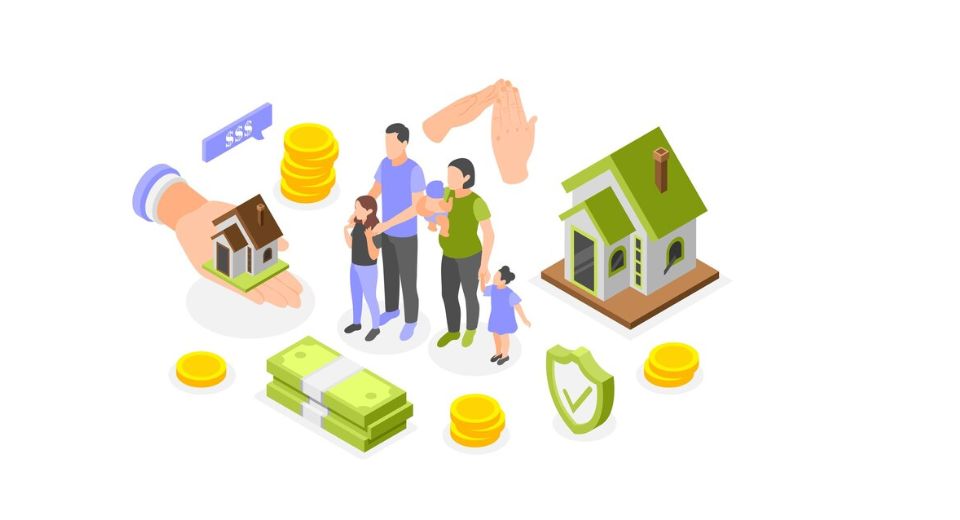
Feb 10, 2025

A thorough report on the Global Home Equity Lending market as provided by Metastat Insight brings light into the change that is seen within the financing solution for homes, across regions. Home equity lending has been an increasingly prominent issue because owners are seeking a means to capitalize on the financial worth embedded within their homes. Since economic times have changed, as well as consumers' needs and wants, institutions have continually found ways to mold their product so that funds remain accessible without altering the homeowner's primary mortgage.
Global Home Equity Lending market is estimated to reach $31,865.08 million in 2025 with a CAGR of 3.9% from 2025 to 2032.
Homeowners seeking financial flexibility often turn to equity-based lending options to fulfill diverse monetary needs. Whether for home renovations, debt consolidation, or other substantial expenses, the ability to borrow against property value remains an attractive proposition. Lenders have responded with tailored products, incorporating competitive interest rates and adaptable repayment structures. Though conventional banks still are a strong presence in the lending landscape, alternative lenders are making headway too with their online lending solutions, where borrowing has been made less tedious. Competition forces the more established players to adjust their approach for better customer handling. Trends for home equity lending indicate that it is subject to the overall regulatory climate of a region.
Governments and financial regulators closely watch lending activities for transparency and consumer protection. Policies on interest rates, loan-to-value ratios, and limits to borrowing play a significant role in how lending is done. All these influence lenders and borrowers and, hence, the loan's availability and structure of repayments. Furthermore, macroeconomic conditions such as inflation rates, employment levels, and housing market trends contribute to the dynamics of lending, further influencing the scope of opportunities open for homeowners.
Technological innovations have transformed the way home equity loans are processed and distributed. Automation and artificial intelligence have made the review of applications much more efficient and have shortened turnaround times for approval. Today, digital platforms do not only accelerate the distribution of loans but also improve access to borrowers who would have found it difficult to use traditional financial systems. Fintech solutions have motivated financial institutions to work on improving their services so that borrowers will not experience difficulties between the application and disbursement processes. Consumer behavior continues to drive demand in home equity loans since many people regard them as an optimal way to improve their financial stability.
Increased property values created a surge in interest in borrowing on home equity, where homeowners can borrow money based on the appreciation in the value of their real estate. However, now with the change in economic situations, cautious lending practice also has arisen with prudent financial institutions applying careful processes to approval. Lenders assess risk factors comprehensively, weighing an applicant’s creditworthiness alongside external market conditions to determine loan viability. The landscape of home equity lending is also being shaped by demographic shifts. Younger homeowners are exploring equity-based loans earlier in their homeownership journeys, while older generations use these financial tools for retirement planning. This diversification in borrower profiles necessitates adaptable lending strategies that cater to distinct financial objectives. Financial institutions are, therefore, customizing their offerings to ensure relevance across different consumer segments, fostering a balanced approach to lending.
Another issue of complexity associated with home equity lending is geographically because what one can borrow is dependent upon regional housing markets. Lenders tend to favor regions with more stable property value levels while applying tighter conditions for areas experiencing some form of real estate market fluctuations. In fact, local market trends interacted with the financial institution's policy determines who gains access and in what manner he or she accesses home equity. As competition heats up in the Global Home Equity Lending market, institutions are investing in customer engagement and personalized financial solutions.
Trust with the borrower is key, and the loan agreement as well as interest rate structures become more transparent. Consumers have the ability to see a lot more information and are able to compare offerings and make informed financial decisions. The lenders who value transparency and customer service are more likely to develop long-term relationships, which would create stability in the industry. Metastat Insight's research provides a detailed view of the trends that are shaping the Global Home Equity Lending market, pointing out the constant evolution of financial products to cater to the different needs of homeowners.
This dynamic sector remains very fluid as borrowers and lenders change with technological and regulatory improvements. The future of home equity lending will therefore remain relevant by a balance of innovation, consumer protection, and market responsiveness for the years to come.
Drop us an email at:
Call us on:
+1 214 613 5758
+91 73850 57479